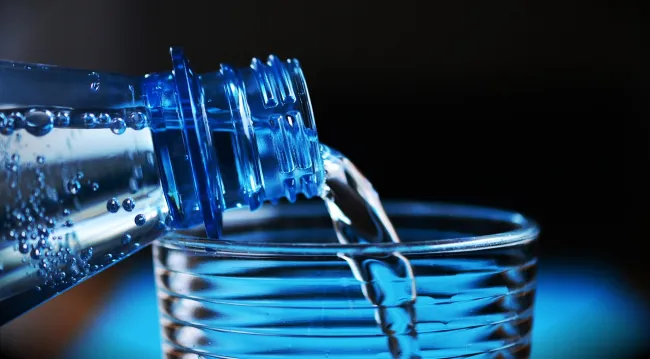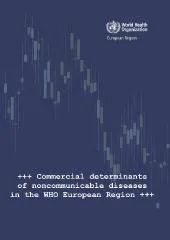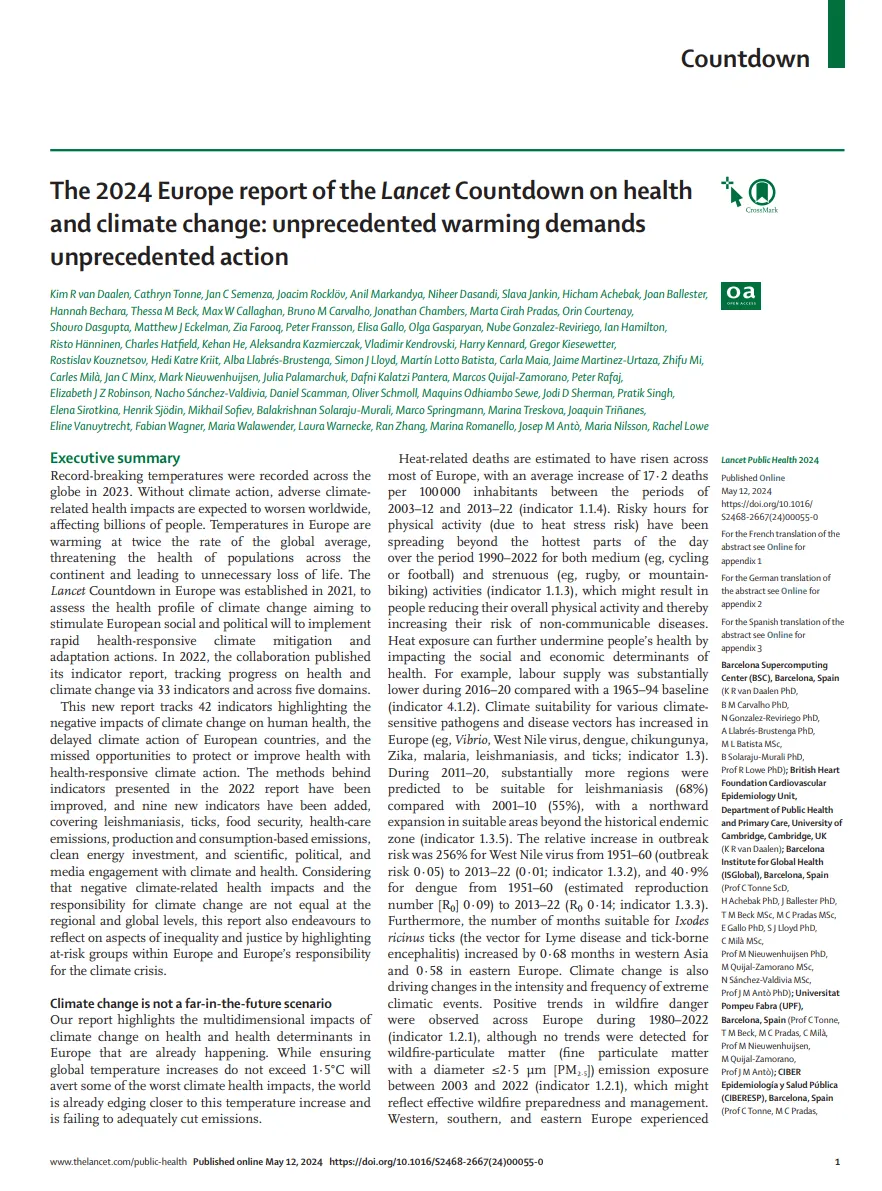This paper reviews current knowledge on the health consequences of ingested micro- and nanoplastics (MNPs). Studies have shown that MNPs can be ingested through seafood, sea salt, drinking water, possibly fruit, vegetables and rice, and even airborne particles. One estimate suggests that each person consumes an average of 5 grams of plastic in the form of MNPs each week, although other studies suggest only a fraction of ingested plastic is actually absorbed into the body.

One reason for concern is that plastic particles can carry toxic chemical contaminants, such as BPA and phthalates, which can interfere with hormone function. They can also carry monomers (the chemical building blocks of plastics) left over from manufacture or released as the plastics break down, including some that can cause cancer.
The paper suggests that ingested MNPs are likely to be only a minor source of human exposure to plastic additive chemicals, and that plastic particles might even absorb some chemicals and carry them out of the body. However, the smallest MNPs may be able to carry contaminants into human cells. Another risk is pathogenic microorganisms growing on MNPs. The evidence on the human health effects of MNPs and contaminants remains incomplete.
The paper identifies some research questions, as illustrated below.
Image: Figure 1, Gruber et al. Research questions in consistence with the Sustainable Development Goals of the United Nations.
Abstract
Micro- and nanoplastics (MNPs) are recognized as emerging contaminants, especially in food, with unknown health significance. MNPs passing through the gastrointestinal tract have been brought in context with disruption of the gut microbiome. Several molecular mechanisms have been described to facilitate tissue uptake of MNPs, which then are involved in local inflammatory and immune responses. Furthermore, MNPs can act as potential transporters (“vectors”) of contaminants and as chemosensitisers for toxic substances (“Trojan Horse effect”). In this review, we summarise current multidisciplinary knowledge of ingested MNPs and their potential adverse health effects. We discuss new insights into analytical and molecular modelling tools to help us better understand the local deposition and uptake of MNPs that might drive carcinogenic signalling. We present bioethical insights to basically re-consider the “culture of consumerism.” Finally, we map out prominent research questions in accordance with the Sustainable Development Goals of the United Nations.
Reference
Gruber, E.S., Stadlbauer, V., Pichler, V., Resch-Fauster, K., Todorovic, A., Meisel, T.C., Trawoeger, S., Hollóczki, O., Turner, S.D., Wadsak, W. and Vethaak, A.D., 2022. To Waste or Not to Waste: Questioning Potential Health Risks of Micro-and Nanoplastics with a Focus on Their Ingestion and Potential Carcinogenicity. Exposure and Health, pp.1-19.
Read the full paper here. See also the TABLE explainer How are food systems, diets, and health connected?




Comments (0)